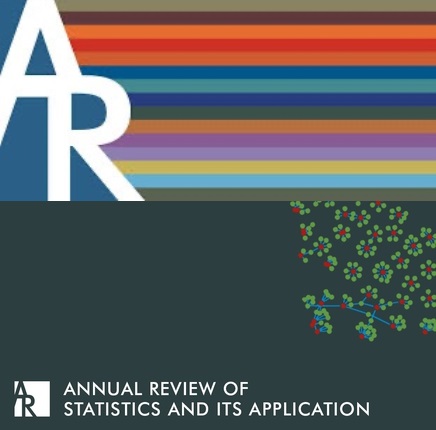灾害、统计和人道主义部门
IF 8.7
1区 数学
Q1 MATHEMATICS, INTERDISCIPLINARY APPLICATIONS
Annual Review of Statistics and Its Application
Pub Date : 2025-09-10
DOI:10.1146/annurev-statistics-042424-061122
引用次数: 0
摘要
本文探讨统计数据在人道主义领域的作用,特别侧重于自然灾害造成的灾害。它首先概述了当前的应用,包括主要数据收集、预期行动框架、地球观测、移动定位数据和人工智能。然后,报告强调了主要挑战,如灾害影响和响应数据方面的差距和偏见、清晰传达统计结果的困难、援助分配的不公平以及统计相关工作的广泛外包。在探索未来应用方面,本文讨论了基于影响的预警模型、动态人口数据和人工智能在加强沟通和决策方面的潜力。在整个过程中,重点放在对互操作系统以及道德和包容性数据实践的需求上。在此过程中,本文将统计数据作为一种诊断和战略工具,用于加强灾害背景下人道主义行动的有效性、公平性和响应性。本文章由计算机程序翻译,如有差异,请以英文原文为准。
Disasters, Statistics, and the Humanitarian Sector
This article examines the role of statistics in the humanitarian sector, with a particular focus on disasters caused by natural hazards. It begins by outlining current applications, including primary data collection, anticipatory action frameworks, Earth observation, mobile positioning data, and artificial intelligence. It then highlights key challenges such as gaps and biases in disaster impact and response data, difficulties in communicating statistical findings clearly, inequities in aid allocation, and the widespread outsourcing of statistics-related work. In exploring future applications, the article discusses the potential of impact-based early warning models, dynamic population data, and artificial intelligence to enhance communication and decision-making. Throughout, emphasis is placed on the need for interoperable systems as well as ethical and inclusive data practices. In doing so, the article presents statistics as both a diagnostic and strategic tool for strengthening the effectiveness, fairness, and responsiveness of humanitarian action in disaster contexts.
求助全文
通过发布文献求助,成功后即可免费获取论文全文。
去求助
来源期刊

Annual Review of Statistics and Its Application
MATHEMATICS, INTERDISCIPLINARY APPLICATIONS-STATISTICS & PROBABILITY
CiteScore
13.40
自引率
1.30%
发文量
29
期刊介绍:
The Annual Review of Statistics and Its Application publishes comprehensive review articles focusing on methodological advancements in statistics and the utilization of computational tools facilitating these advancements. It is abstracted and indexed in Scopus, Science Citation Index Expanded, and Inspec.
 求助内容:
求助内容: 应助结果提醒方式:
应助结果提醒方式:


